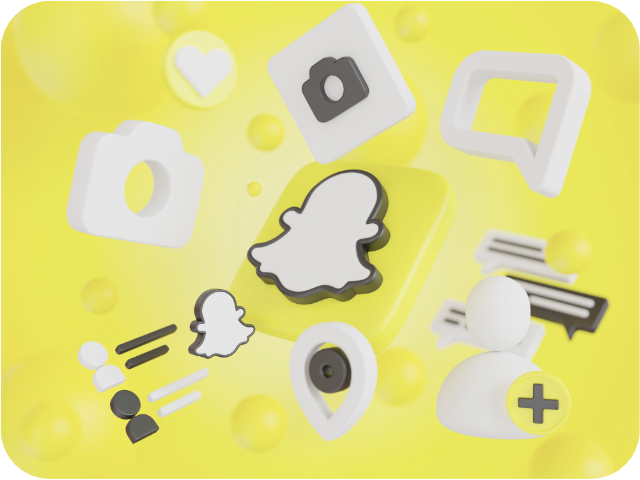Snapchat’s new AI feature, My AI, acts as a personal assistant. It schedules appointments, finds local restaurants, and even plays games with users. While the tool promises an improved user experience, it also raises serious concerns—especially for younger audiences. From privacy to potential bias, My AI poses several risks parents and users need to understand.
Privacy Concerns
My AI uses large amounts of user data, including photos, messages, and location history. This data helps the AI operate efficiently, but it also opens the door to surveillance-like tracking. User behavior can be monitored, stored, and potentially shared with third parties. Parents should discuss these risks with children and encourage caution when sharing personal details.
Security Issues
Because My AI connects to the internet, it remains vulnerable to hacking and data breaches. A breach could expose personal information, risking identity theft or other cybercrimes. As AI tools become more common, stronger digital security measures grow more important than ever.
Bias in AI
AI tools learn from datasets that may lack diversity. If most training data comes from a narrow demographic, My AI might favor specific restaurants, products, or services. This bias could negatively affect users from other backgrounds. Addressing lack of diversity in AI training remains a critical step toward fairer, more inclusive technology.
Risk of Addiction
Like many digital tools, My AI uses notifications, personalized recommendations, and rewards to maintain user engagement. Younger users may spend too much time interacting with the AI, neglecting other responsibilities. Parents should set clear limits, monitor usage, and ensure that real-world activities remain a priority.
How Parents Can Help
- Open Conversations: Talk about privacy, security, and possible misuse of personal data.
- Screen Time Limits: Encourage balanced use to prevent reliance on technology.
- Awareness of Sharing: Teach kids what details are safe to disclose.
- Healthy Boundaries: Check in regularly about how they feel when using My AI.
Safeguarding Your Privacy and Security
- Limit Data Access
Avoid granting My AI permission to view sensitive content like photos and private messages. - Be Cautious
Even harmless details can reveal patterns about your habits and identity. - Stay Updated
Regularly update Snapchat for the latest security patches and performance fixes. - Use a VPN
A Virtual Private Network keeps your online activity anonymous, reducing the risk of tracking. - Watch for Signs of Overuse
If you find yourself spending excessive time with My AI, reassess your habits. Seek guidance if necessary.
Looking Ahead
Tech companies, including Snapchat, face growing scrutiny around AI transparency and fairness. New regulations may soon require more accountability for bias and data misuse. As AI becomes more common, users—especially younger ones—should stay informed, set boundaries, and protect their privacy. By taking these steps, you can enjoy the benefits of My AI without compromising your security or well-being.

